Smartphones are so ubiquitous in our culture today that sometimes we forget how they came to be. There was a point, only a short ten or fifteen years ago, when people didn’t carry around little computers in their pockets all the time. It was a time when you had to carry around a PDA and a cell phone—in addition to a bunch of printed out MapQuest instructions.
As a means of being thankful for the convenience and affordability of smart technology we enjoy today, lets take a look back at the 10 most important and influential smartphones of all time:
10. Kyocera 6035 (2001)
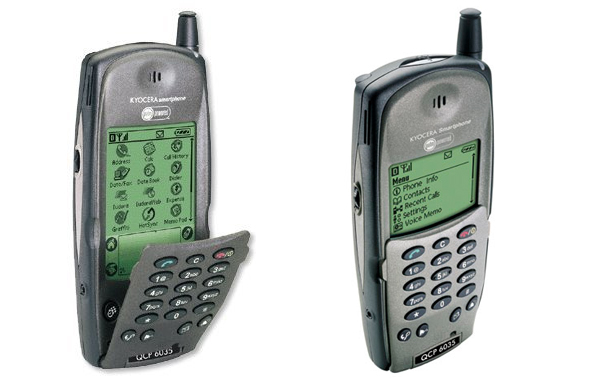
The Kyocera 6035 is often declared as the first serious smartphone sold in the American market. When the flap of the 6035 was flipped up, it looked like your everyday average cell phone. But when you flipped it down, it revealed the Palm buttons and Graffiti handwriting area that made this thing a cell phone / Palm PDA two-in-one.
It was a startling design that was the first step toward a complete realization of this two-in-one that would later come to be in Blackberry, Palm, and Apple devices. It’s hard to look at the Kyocera 6035 and see how it evolved into an iPhone 6, but all the conceptual bits are there if you peel back the layers.
9. Samsung Galaxy Note (2011)
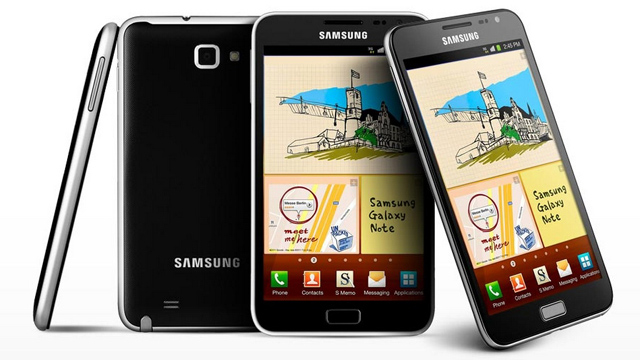
When the Galaxy Note first came out, iPhone users scoffed at the massive 5.3-inch screen. How could use this thing with one screen? Would it even fit in your pocket? It’s a funny scenario to imagine when a 5.5-inch iPhone is available on the market.
There were a number of attempts at blowing up the “phablet” model before—Samsung wasn’t the first. However, it really was the Galaxy Note that changed the course of what smartphones would look like in the future. Not only did the Note eventually push Apple to make a bigger iPhone, it also set in place the idea that smartphone manufacturers needed two models—a bigger model for power users and a smaller model that comes at a cheaper price. The Galaxy Note made phablets so commonplace that the word term is no longer necessary—and that’s something we can all be thankful for.
8. Nokia 9210 Communicator (2003)
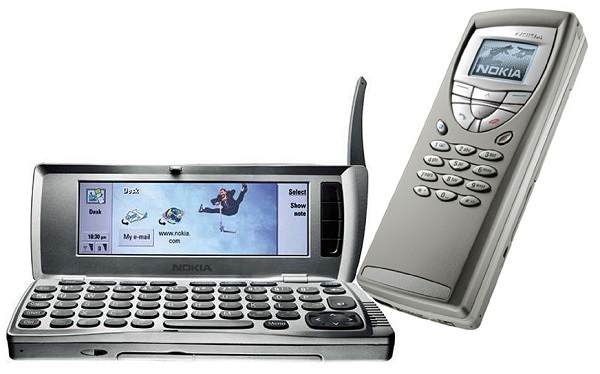
The 9210 Communicator was the kind of device that felt straight out of a science fiction film when it hit the scene. The clamshell design allowed for the front to remain a simple-looking cell phone, while the inside was an attempt at a tiny laptop experience.
It had a full color screen, a full-functioning media player, and even the ability to edit word processing documents! The price of owning a Nokia 9210 was hefty—both in dollar amount and in physical weight. One thing is for sure though: this beloved device was ahead of the game when it came to implementing smart features into a phone.
7. Apple iPhone 3G (2008)

Every iteration of the iPhone over the years has added some features and interesting pieces of technology. None, however, made a leap forward quite like the second generation iPhone did. Not only did the 3G finally include 3G support (hence the name), it also brought arguably the most important feature to iPhone users: the App Store. Apple was now open to accepting third-party apps of all kinds, meaning innovation and creativity would now flood in from every industry imaginable.
It’s strange to think about, but if you look at the sales data it really was the iPhone 3G and iPhone 3GS that convinced the world to buy Apple smartphones, not the original iPhone.
6. LG Prada (2007)
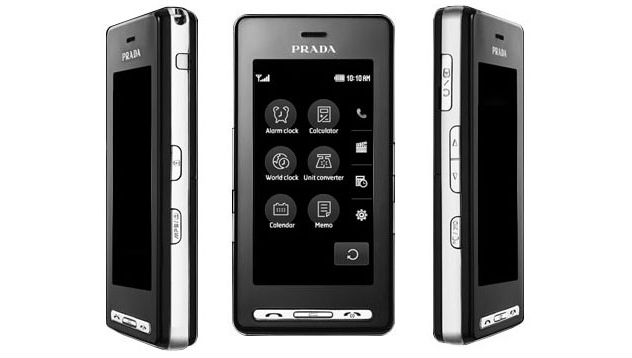
Setting aside the controversy around the original iPhone’s relationship to the previously released LG Prada, there’s no questioning that the Prada had a massive influence on the direction of the industry. This was the first device to be released with a capacitive touchscreen and the simple slate form factor. Not only that, but the LG Prada clearly had a higher-end feel to it. Everything from the name to the sleek design, to the very modern interface just emanated the word ‘premium.’
While it didn’t have the impact that the iPhone would end up having, it’s hard not to look back at the LG Prada as one of the most innovative, forward-looking, and trendsetting smartphones of all time.
5. Nokia 6600 / 6200 (2003)

The Nokia 6600 (6200 in the US) is another one of these trendsetting pre-iPhone smartphones that made a big splash when it first came out. for phones that could do more than just make and receive phone calls.
In its day, this incredibly iconic device was the most advanced phone Nokia ever put out, running Symbian 7.0s for its operating system and featuring a great full-color display and integrated camera. It was such a popular phone that it Nokia continued manufacturing it all the way until 2007.
4. Galaxy Nexus (2011)
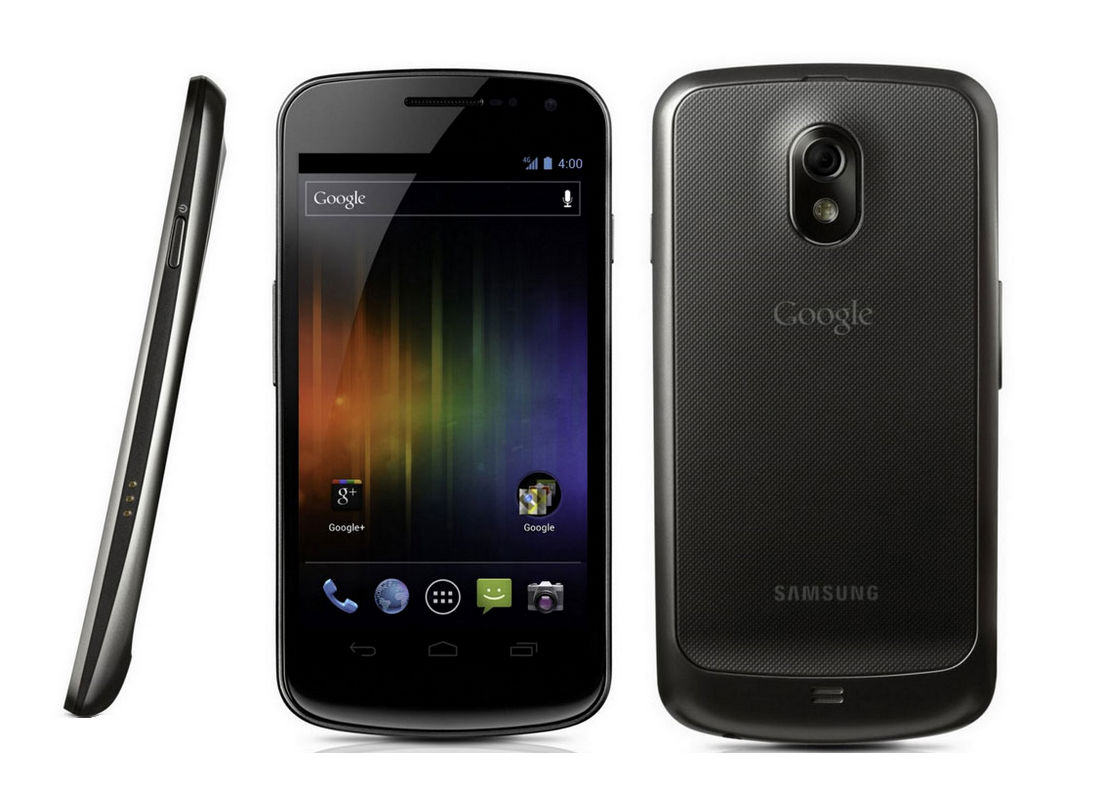
I have no problem calling the Galaxy Nexus the first good Android smartphone. Sure there were some fairly good midrange alternatives before it, but the Galaxy Nexus really was the first smartphone to prove that Android could compete with the iPhone in quality, in both hardware and software. Android was finally at the point with 4.0 that when someone referred to a phone using “stock Android”, it was actually a good thing.
Made in conjunction between Samsung and Google, the Galaxy Nexus was the perfect signal to the world that Google was finally serious about beating Apple at its own game. It didn’t outsell the iPhone like the Galaxy S III would later do, but the Galaxy Nexus boldly led the way in terms of design.
3. Palm Pre (2009)
Although the iPhone had been out for two years already, not everyone was onboard with a digital keyboard and tie-ins to Apple services. One of the best alternatives was the Palm Pre, which sported the highly celebrated and supported webOS software. The Palm Pre also had a multi-touch capacitive touchscreen, slide-out keyboard, and enough technical power to mobilize its multitasking, gesture-based operating system.
The Palme Pre was the best of both worlds—a convergence point of the old slider phones and the new generation of iPhone imitators. It offered an entirely different solution to mobile computing compared to its competitors—one that would ultimately have a huge influence on both Android and iOS down the road. Palm ultimately didn’t have a happy ending after its acquisition by HP, but it’s innovation is remembered in one of the most influential smartphones of all time: the Palm Pre.
2. Blackberry Quark (2003)
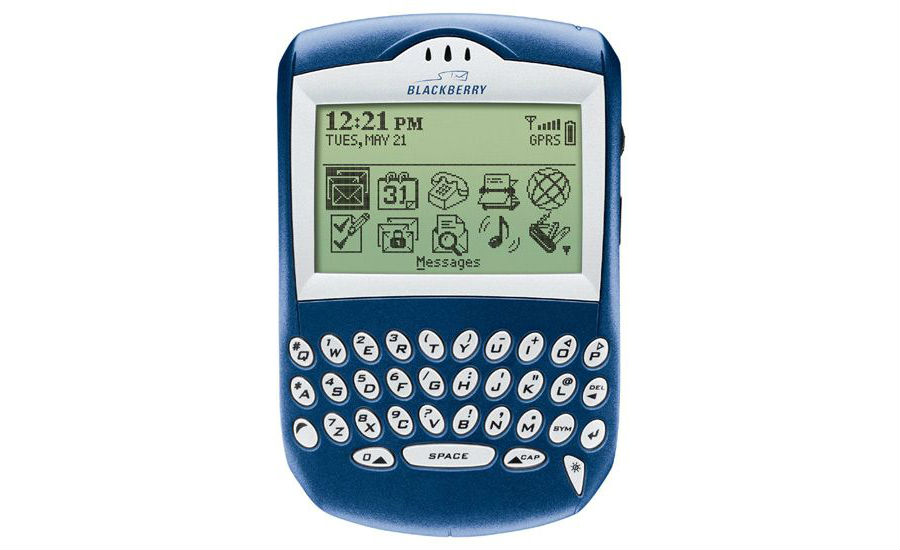
Before capacitive touchscreens and responsive digital keyboards were in vogue, it was all about BlackBerry and its high-quality physical keyboards. The Quark wasn’t the first BlackBerry device, but it was certainly the first of its kind, which featured a monochrome screen, integrated speakerphone, navigation wheel, and—most notably—access to all of the world-class BlackBerry services.
Although the 7000 series (2005) would later bring color screens and the Pearl series (2006) would later vastly improve software features and redesign the keyboard, it was the 6000 “Quark” series from which every other BlackBerry device has its roots. The result was nearly a decade of business that relied heavily on the BlackBerry devices in the pockets of professionals—that all started with the BlackBerry Quark series.
1. Apple iPhone (2007)

What can be said about the original iPhone that hasn’t already been said? When Steve Jobs took the stage in Cupertino and introduced the “three-in-one” device on that fateful day, he couldn’t have foreseen how the product would evolve to what it is today. Yet I think he knew that he had a product that would completely alter the tech industry. I think he knew that he had a product that every tech company in the mobile space would strive both to be and surpass.
There are countless things the iPhone innovated on: the digital keyboard, the responsiveness of the screen, the single home button, and the high-end build materials. Perhaps more than anything else, however, the iPhone gave mobile touchscreen devices the design language it needed to really take off. We already knew how to use things like mouses and styluses, but after the iPhone we relearned how to use our fingers. The rest, as they say, is history.